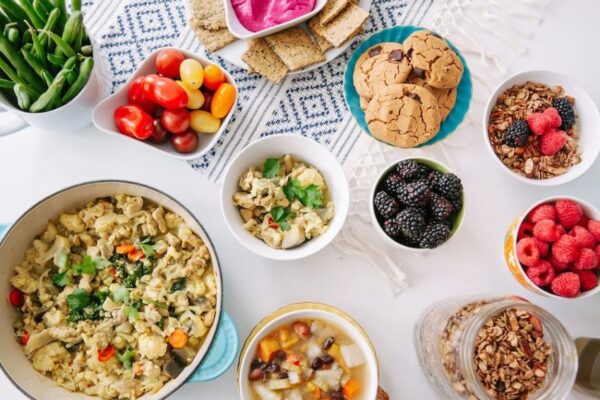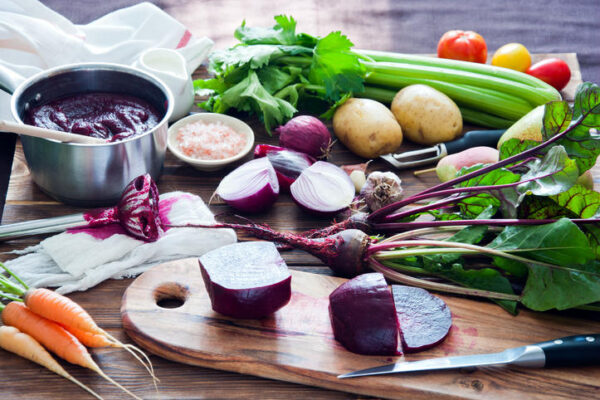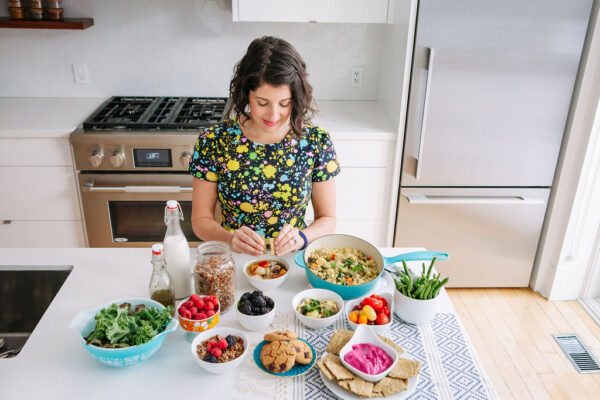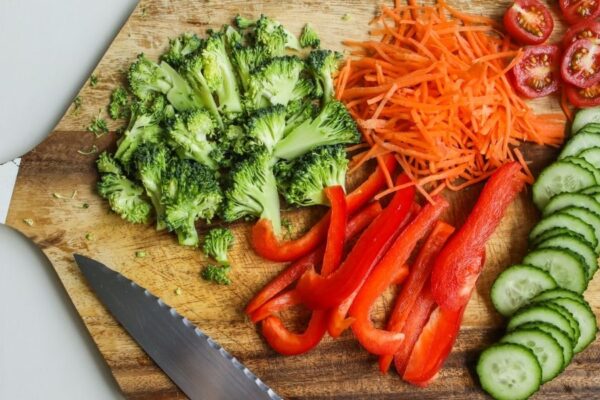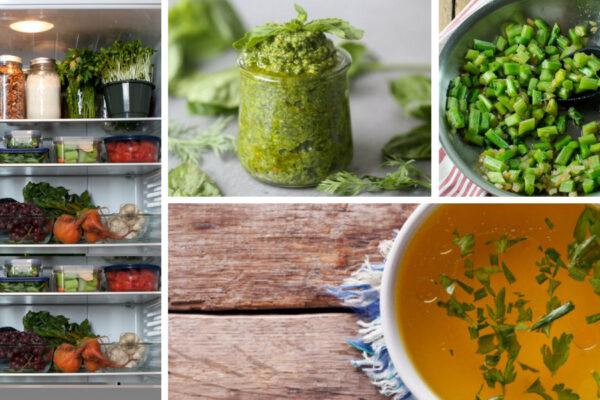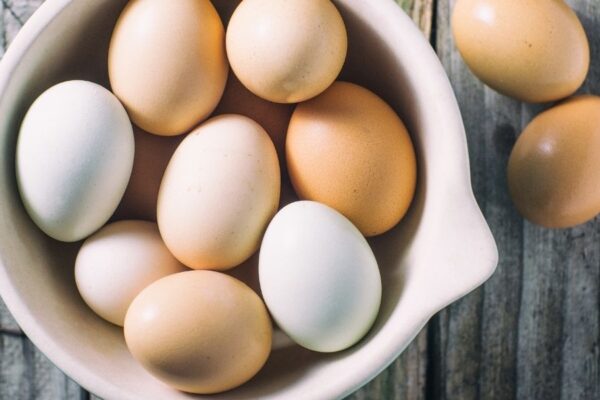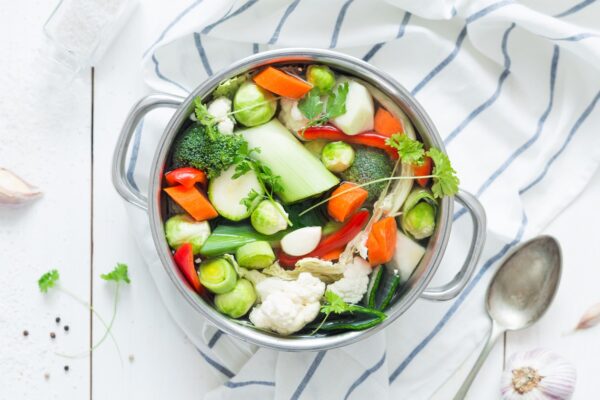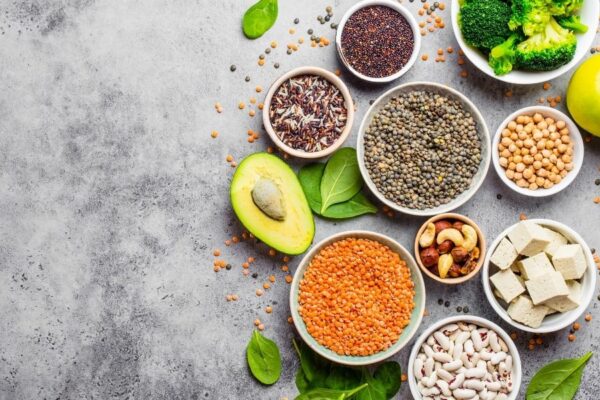Essential Healthy Cooking Techniques and Recipes Everyone Should Master
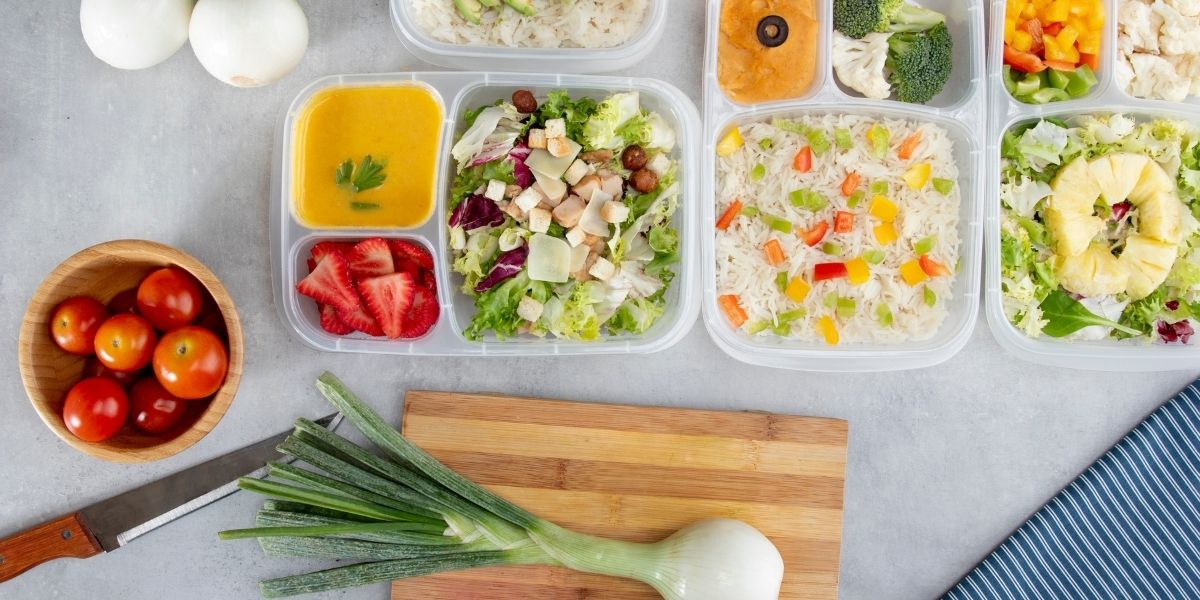
You can’t explore culinary nutrition without getting your hands a little dirty in the kitchen. With the explosion of cooking shows and celebrity chefs, home cooking has become intimidating for some of us. However, you don’t need to agonize over time-consuming cooking techniques and recipes – all you need are some culinary nutrition basics to get started, which allow you to eat well and support your health at the same time. These healthy cooking techniques and recipes are part of the foundation of the Culinary Nutrition Expert Program and they are very simple to master!
ESSENTIAL Cooking Techniques and Basic Cooking SKILLS
- Basic Knife Skills
- Meal Prep
- Batch Cooking
- Sautéing
- Cast Iron Cooking
- Slow Cooking
- Fermenting
- Sprouting
- Steaming Vegetables
- Using Veggies Root to Stem
Basic Knife Skills
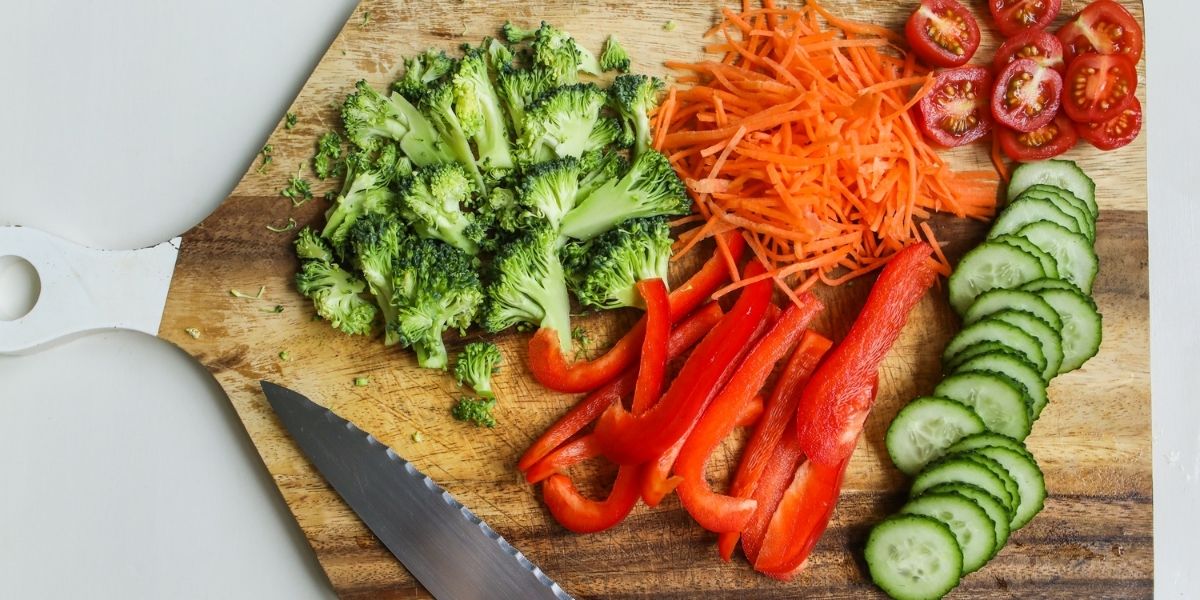
You don’t need to be lightning fast, but if you want to cook you should get comfortable with using a knife, one of the most handy and inexpensive cooking tools. Take your time practicing small, medium-sized and large cuts, which don’t need to be perfect. The more you practice, the easier mincing, dicing and chopping will be.
Get Started
Meal Prep
Meal prep is one of the first skills we teach our students in the Culinary Nutrition Expert Program. Preparing ingredients, snacks, condiments and entire meals ahead of time makes it so much easier to stick to your healthy eating goals. With a few hours of prep, you don’t need to worry about what you’ll be eating all week long, saving you time as well as money in the process.
Get Started
Batch Cooking
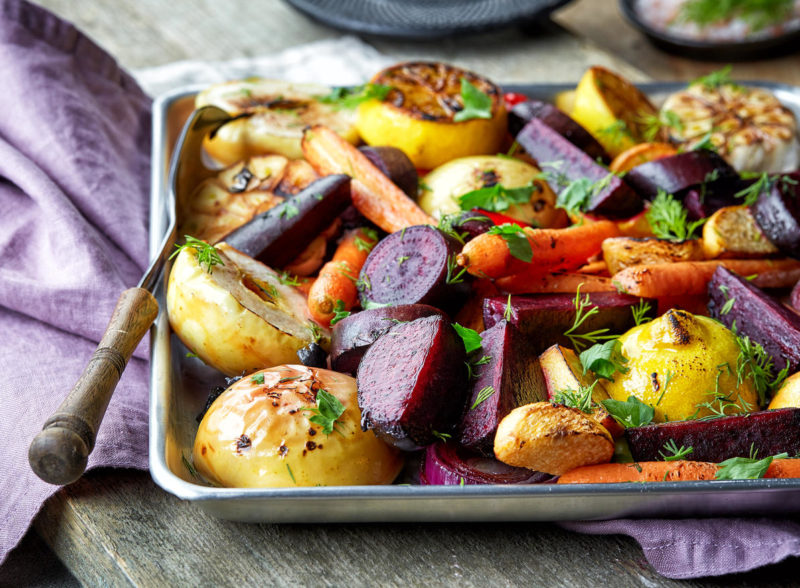
Meal prepping and cooking is an investment in time, money and effort. Why not cook once, and then enjoy the spoils multiple times? Batch cooking, whether in large amounts to eat throughout the week or to freeze for later (or a mix of both of these things) is a lifesaver for busy days and tiresome days, when unexpected guests arrive, the holiday season, or when recovering from surgery, illness or childbirth.
Get Started
Get your FREE Batch Cooking Guide plus 35 more free resources!
Fill out the form below for instant access.
Free Resource Library
Enjoy more than 40 downloadable guides, recipes, and resources.
Sautéing
This basic cooking technique involves frying ingredients over medium to high heat (preferably in a healthy cooking oil) to cook them quickly and achieve browning and flavour. Sautéing is the foundation for many meals, including soups, stews, one-pot meals and Instant Pot recipes.
Cast Iron Cooking
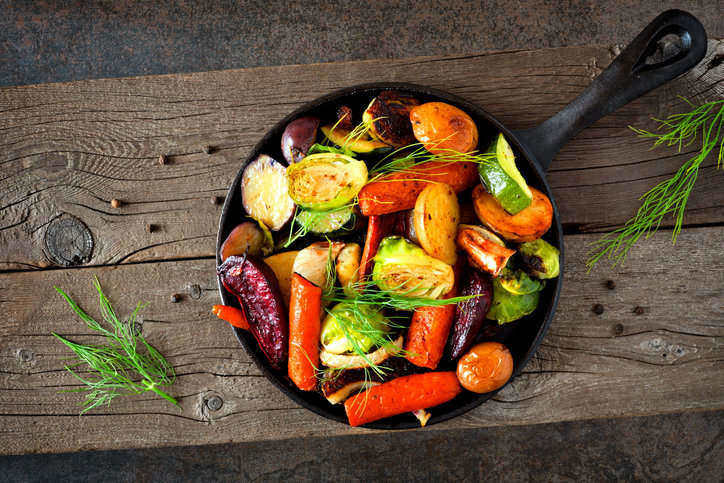
Cast iron is one of our favourite pans for cooking because it’s durable, retains heat well, is free of non-stick coatings, and is affordable. There is, however, an adjustment period to cooking with cast iron if you’re not used to it.
Get Started Cooking With Cast Iron
Slow Cooking
What could be easier than letting an appliance do all the work? Stick ingredients into a slow cooker and come home later to a warm, hearty meal. Slow cooking is almost a foolproof cooking technique and is totally delicious, especially on a blustery fall or winter day.
Slow Cooker Inspiration
Fermenting
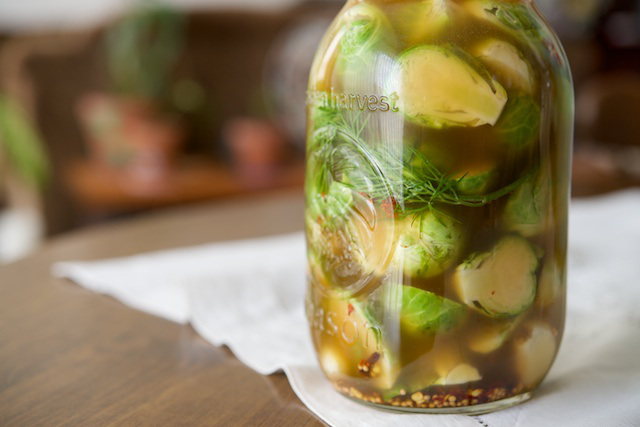
Fermentation is a traditional preserving technique that is great for digestive health, immunity and nutrient absorption. We teach a few fermentation basics in the Culinary Nutrition Expert Program, and for a more in-depth practice, check out our self-paced Fundamentals of Fermentation Course.
Some of our favourite fermented foods that you can easily make at home at a fraction of the cost of store-bought options:
Sprouting
Rich in vitamins, minerals, enzymes and antioxidants, sprouts are an inexpensive food you can grow indoors. And they are so easy!
Start Sprouting
How to Sprout: Complete Guide to Sprouting
Steaming Vegetables
Oversteaming or overboiling vegetables saps them of nutrients, colour and flavour. Learn to create the perfect tender-crisp steamed veggies by:
- using a stainless steel or bamboo steamer
- cutting vegetables into equal sizes so they’ll cook evenly
- steaming over medium heat until the veggies are just fork tender and bright in colour
It’s better to go by texture rather than time, as thicker vegetables like carrots or sweet potatoes will take much longer to steam than chard. Better to slightly under-steam them, as the residual heat of the steamer will help to finish things off if needed.
Using Veggies Root to Stem
We have a habit in North America of throwing out parts of vegetables that we could use for another purpose. Explore the root to stem approach to using vegetables, which includes leaving the skins on for certain veggies, saving scraps for broth, using the stems of dark leafy greens, like kale, for juicing or stir-fries, using a whole pumpkin, or freezing herbs in olive oil. Check out more zero waste cooking tips that will help you explore root to stem cooking here.
baSic recipes to master
Veggie Stock or Bone Broth
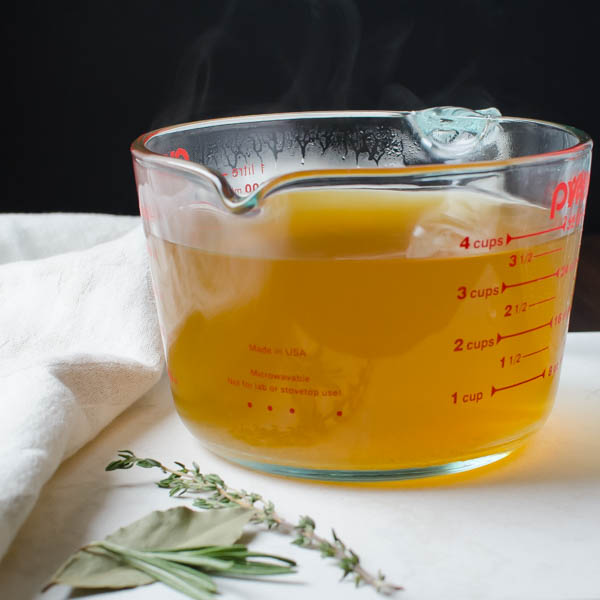
Vegetable stocks and bone broths are reliable, full of flavour, and can be used in many different recipes. We like making huge batches of stock and then freezing it so we always have some on hand. Once you master a basic broth, power up the culinary nutrition power of your broth with culinary adaptogens, herbs, spices and immune-supportive foods.
- Recipe: How to Make Stocks and Broths
Homemade Nut or Seed Milk
This staple liquid is perfect for smoothies, gluten-free baking, dairy-free elixirs, homemade chocolate desserts, soups and more. Homemade nut milk skips the refined sugars, stabilizers and preservatives, and is so customizable (chocolate milk anyone?).
- Recipe: How to Make Nut and Seed Milk
- Recipe: How to Make Oat Milk
Cooking Gluten-Free Grains
There’s more to gluten-free grains than just rice (though it’s good to know how to cook that well, too!). Explore using quinoa, buckwheat, millet, oats, sorghum, wild rice, amaranth and teff to add depth, flavour, nutrition and texture to your dishes.
While most grains use a 2:1 ratio (2 cups water, 1 cup rice), some grains such as sorghum and wild rice usually require a 3:1 ratio. You’ll also need to use more water if you want a porridge-y, soupy texture.
Blending a Smoothie
Take your health to the next level with a dairy-free smoothie. You can pack way more nutrition into a blended beverage than you could likely eat in one serving if you ate everything whole. Check out our Best Smoothie Formula for smoothie building and blending tips, and try one of these 20 Best Dairy-Free Smoothie Recipes. Once you’re a skilled blenderist, try moving on to smoothie bowls for extra creativity and pizzazz.
Mastering Salad Dressing
A good salad dressing takes your salad – or roasted veggies – from meh to wowza. Oils, acidity and herbs are the basis of a solid dressing, but there are also many flourishes you can use to add creaminess, texture or sweetness.
- Learn: How to Make Salad Dressing
Crafting Dairy-Free Elixirs
Smoothies and juices aren’t the only healthful beverages – hot drinks like dairy-free elixirs can serve as a light meal or snack, while also supporting our health in a targeted way by incorporating healing herbs.
- Learn: DIY Guide to Dairy-Free Elixirs
- Recipe: 20 Best Dairy-Free Elixir Recipes
- Recipe: Dairy-Free Gingerbread Latte
- Recipe: Our Favourite Hot Chocolate Combinations
Baking a Good Loaf of Bread
A solid loaf of gluten-free bread is fantastic for avocado toast, plunging into dips and spreads, sandwiches, or tearing into salad croutons. Baking bread with gluten-free or grain-free flours can be tricky at first. We love this power-packed almond bread recipe (it’s a student fave too!). If baking bread seems intimidating, try an easy flatbread recipe instead.
Once you get the hang of some of these healthy cooking techniques, basic cooking skills and recipes, you’ll be cooking from scratch on the regular with confidence and pleasure.
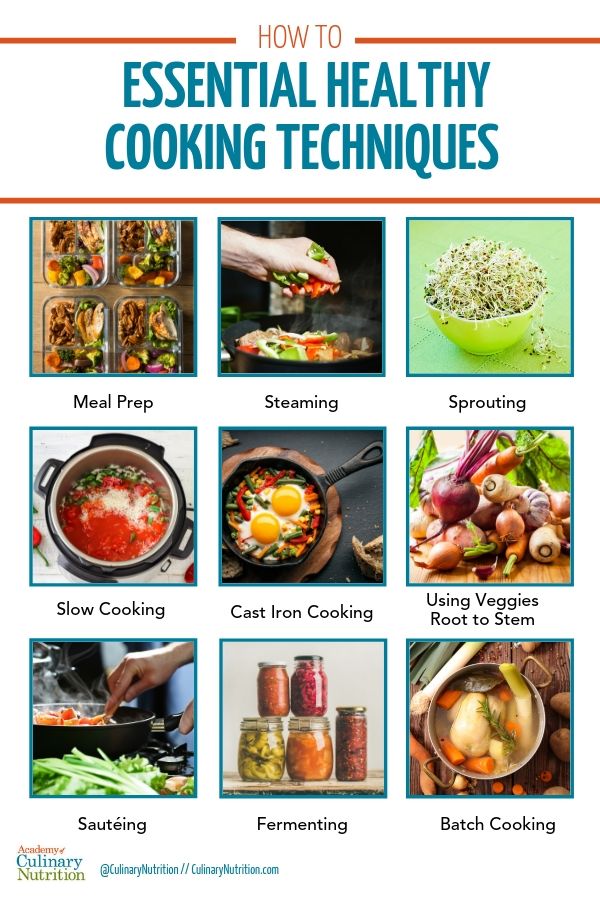
Header Image: iStock/Magone
Free Resource Library
Enjoy more than 40 downloadable guides, recipes, and resources.















